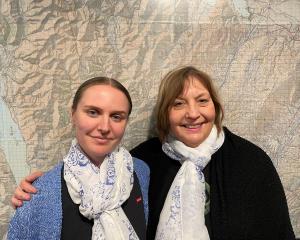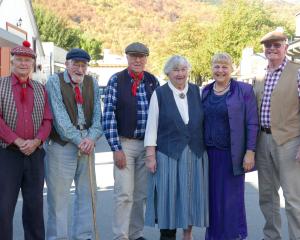
Dr Leslie Van Gelder - one of only two cave art experts in New Zealand - specialises in the study of Paleolithic finger-flutings, man-made lines left in soft stone surfaces up to 32,000 years ago.
She spoke to 60 people recently at a screening of documentary Cave of Forgotten Dreams, which follows an expedition into France's Chauvet Cave, and man's most ancient visual art.
Many of the researchers featured in the documentary were Dr Van Gelder's contemporaries from research in the caves of Rouffignac and Gargas with her late husband Kevin Sharpe.
The couple's development of ways to identify individual artists showed women's and children's roles in cave art, and, in the Rouffignac cave, was the first to show symbolic work from children. Among the swirling swathes of parallel finger flutings across the walls and ceilings of the caves were symbolic tectiform drawings. She hopes to have finished a book on their findings in a year.
For now Dr Gelder works from home as programme director for Walden University - a distance-learning institution - as well as working on a documentary about the history of the road to Glenorchy.
The documentary continues at Dorothy Browns.












